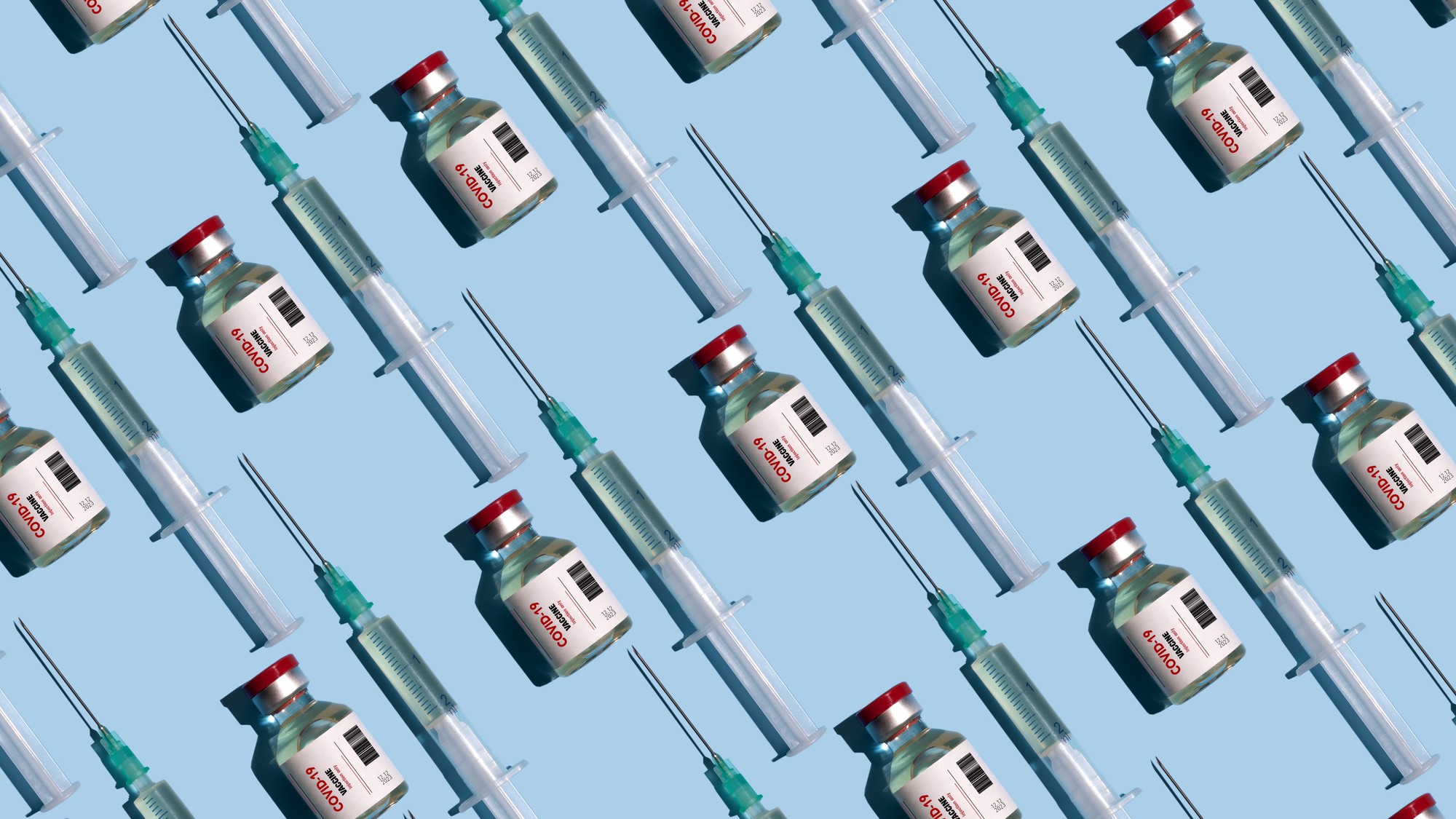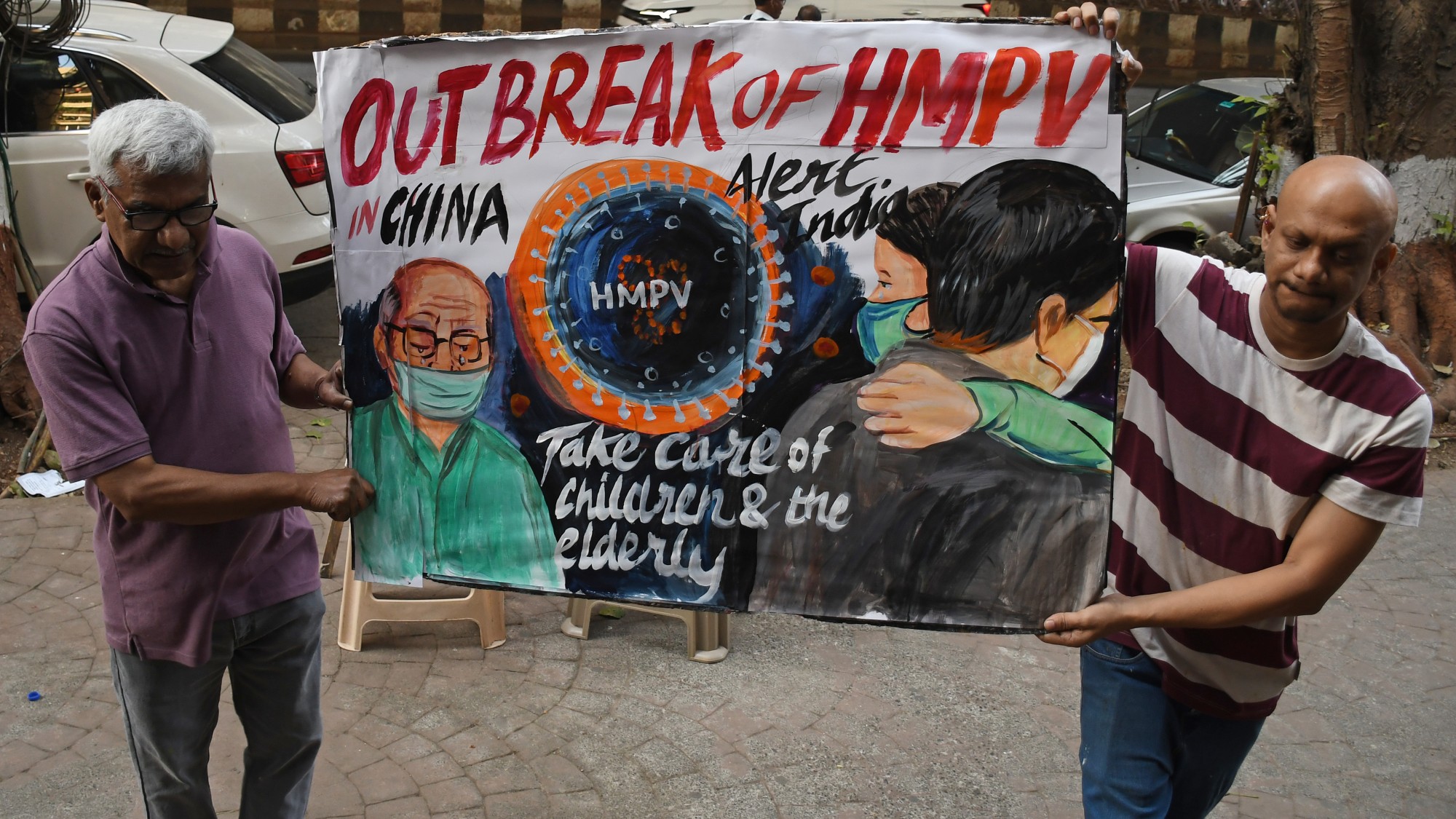The differences between PCR and lateral flow Covid tests
Result time and accuracy of two types vary significantly

More than 14 million coronavirus tests have been taken in the UK in the past year, of which around 60% were polymerase chain reaction (PCR) tests, according to government data.
But the use of lateral flow tests (LFT) is expected to soar in the coming months, following Boris Johnson’s recent announcement that everyone in England is now eligible to get two of the at-home rapid tests every week. And the trend could be accelerated by plans being considered by ministers to allow British holidaymakers to take an LFT rather than PCR test before returning from overseas.
LFTs are typically used when people are not presenting symptoms of the disease, while those who do take PCR tests, which are processed in laboratories. Since one in three people who contract Covid never show signs of having the virus, the government believes increasing the use of LFTs could help stop the spread by detecting more of these asymptomatic cases.
The Week
Escape your echo chamber. Get the facts behind the news, plus analysis from multiple perspectives.

Sign up for The Week's Free Newsletters
From our morning news briefing to a weekly Good News Newsletter, get the best of The Week delivered directly to your inbox.
From our morning news briefing to a weekly Good News Newsletter, get the best of The Week delivered directly to your inbox.
Concerns have been raised about the accuracy of LFT results, however. On the other hand, scientist point out that while PCR tests have been proven to be more accurate, LFTs can play a key role in identifying “infected people who would otherwise not have been tested”, says the British Medical Journal (BMJ).
Here are the main differences between the two types, as well as other Covid tests.
PCR tests
How it works
PCR tests detect whether the genetic make-up of the virus, the viral RNA, is present in a sample from the user.
A free daily email with the biggest news stories of the day – and the best features from TheWeek.com
The method
PCR tests can be taken at home or at specific test sites. After being applied to the user’s tonsils and nasal passage, a test swab is sealed in a tube and sent to a laboratory for testing.
Processing the swap in the laboratory takes between four to six hours, with transportation adding to the time that patients have to wait to get a result. This wait can be up to three days, although many people receive their PCR test result within a day of sending their swab to a lab to be checked.
Accuracy rate
PCR tests are seen as the “gold standard” for Covid-19 testing, with data pointing to an accuracy rate of around 99%. Far smaller amounts of the virus can be detected in samples than can be with LFTs. However, this sensitivity can mean that people can get a positive result after having Covid despite no longer being contagious.
Lateral Flow Tests
How it works
LFTs provide results within 30 minutes and rely on a technology commonly used in at-home pregnancy tests. For Covid testing, this technology has been adapted to detect proteins that are present when a person has the coronavirus.
The method
As with PCR tests, a swab is taken from the back of the nose or throat, but this sample is then mixed with an extraction fluid before a drop is added to a strip of test paper in a pregnancy test-like device.
The test contains antibodies that bind to any coronavirus proteins in the sample. If these proteins are detected, a red line appears on the testing device, in addition to a second line that indicates the test is working.
LFTs can be done at home easily and have also been made available at schools, colleges and official coronavirus testing sites. The quick result time has prompted plans to use the tests at large-scale events in the future too.
The tests can be collected from pharmacies and test sites or delivered in packs of seven through the post. The NHS recommends getting tested regularly for Covid, with school, nursery and college workers advised to take two tests a week.
Accuracy rate
A recent review by a team of international, independent experts found that LFTs correctly identify an average of 72% of Covid cases in infected people with symptoms.
But in people with no symptoms, this accuracy rate dropped to 58% when self-administering LFTs including the test most commonly used in the UK, called Innova. The accuracy rate increased to 79% when the tests were performed by laboratory scientists, however, and to 73% when carried out by trained healthcare staff, the BMJ reports.
People who receive a positive lateral flow result are advised to take an additional PCR test to confirm the result.
Other types of Covid tests
LAMP test
Loop-mediated isothermal amplification (LAMP) tests are genetic tests that, like PCR tests, detect virus RNA. LAMP tests are also carried out using either swab or saliva samples but are quicker to get results than PCR versions. While a series of temperature changes are required when processing samples in PCR testing, the LAMP testing process is done under a constant temperature (usually between 60C and 65C).
According to government data, LAMP tests have been found to correctly identify between 70% and 100% of patients with Covid, depending on the viral load of the sample.
Covid Nudge
Developed by DnaNudge, a British company specialising in DNA testing, Covid Nudge swab tests are another form of rapid PCR test, with results returned within 90 minutes. The tests can be administered at point of care, and do not require laboratory processing.
Trials at eight London hospitals last year found the Covid Nudge tests to correctly identify 98% of Covid cases, as Imperial College London reported at the time.
Antibody test
Antibody tests are typically taken three to four weeks after Covid symptoms end. A blood test is tested in a lab to identify whether antibodies in the sample attach to a protein produced by the virus.
Recent research by India’s Institute of Genomics and Integrative Biology (IGIB) found that people who have had the virus have natural immunity for at least six to seven months, but that between 20% and 30% lose this immunity after six months, reports India.com.
-
 The history of US nuclear weapons on UK soil
The history of US nuclear weapons on UK soilThe Explainer Arrangement has led to protests and dangerous mishaps
-
 Tea with Judi Dench: ‘touching’ show is must-watch Christmas TV
Tea with Judi Dench: ‘touching’ show is must-watch Christmas TVThe Week Recommends The national treasure sits down with Kenneth Branagh at her country home for a heartwarming ‘natter’
-
 Codeword: December 24, 2025
Codeword: December 24, 2025The daily codeword puzzle from The Week
-
 Covid-19 mRNA vaccines could help fight cancer
Covid-19 mRNA vaccines could help fight cancerUnder the radar They boost the immune system
-
 The new Stratus Covid strain – and why it’s on the rise
The new Stratus Covid strain – and why it’s on the riseThe Explainer ‘No evidence’ new variant is more dangerous or that vaccines won’t work against it, say UK health experts
-
 RFK Jr. vaccine panel advises restricting MMRV shot
RFK Jr. vaccine panel advises restricting MMRV shotSpeed Read The committee voted to restrict access to a childhood vaccine against chickenpox
-
 RFK Jr. scraps Covid shots for pregnant women, kids
RFK Jr. scraps Covid shots for pregnant women, kidsSpeed Read The Health Secretary announced a policy change without informing CDC officials
-
 New FDA chiefs limit Covid-19 shots to elderly, sick
New FDA chiefs limit Covid-19 shots to elderly, sickspeed read The FDA set stricter approval standards for booster shots
-
 RFK Jr.: A new plan for sabotaging vaccines
RFK Jr.: A new plan for sabotaging vaccinesFeature The Health Secretary announced changes to vaccine testing and asks Americans to 'do your own research'
-
 Five years on: How Covid changed everything
Five years on: How Covid changed everythingFeature We seem to have collectively forgotten Covid’s horrors, but they have completely reshaped politics
-
 HMPV is spreading in China but there's no need to worry
HMPV is spreading in China but there's no need to worryThe Explainer Respiratory illness is common in winter